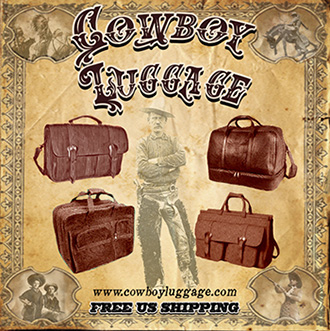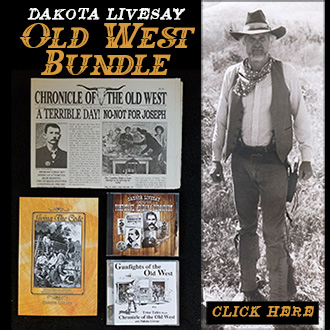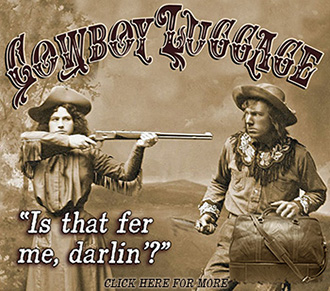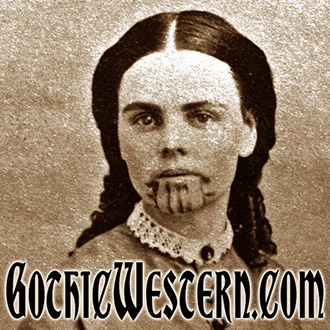History Of The Santa Fe Trail – Pt 1
 A party of young men, Hugh Stephenson, Lewis Dutton, Lucas Doane, Joshua Sledd, James Kirker, Robert McNight, Henry Corlew and Esteven Chushie, who in 1830, “made the Santa Fe trail and marked the route followed by thousands in after years.” That they marked the route is contradicted by Gregg’s Commerce of the Plains, as also by Niles Register. Fifteen thousand dollars worth of merchandise from St. Louis, Missouri, was delivered in Santa Fe in 1822, and the traffic had increased to $120,000 in 1830, the year in which the Las Cruces Republican claims Hugh Stephenson and others made the trail. All of this marks the history of the Santa Fe Trail.
A party of young men, Hugh Stephenson, Lewis Dutton, Lucas Doane, Joshua Sledd, James Kirker, Robert McNight, Henry Corlew and Esteven Chushie, who in 1830, “made the Santa Fe trail and marked the route followed by thousands in after years.” That they marked the route is contradicted by Gregg’s Commerce of the Plains, as also by Niles Register. Fifteen thousand dollars worth of merchandise from St. Louis, Missouri, was delivered in Santa Fe in 1822, and the traffic had increased to $120,000 in 1830, the year in which the Las Cruces Republican claims Hugh Stephenson and others made the trail. All of this marks the history of the Santa Fe Trail.
Freight was carried by pack animals until 1824, when wagons were introduced as an experiment, and making the trip without difficulty, were used exclusively after 1825. In January of that year, through the influence of Col. Thomas H. Benton, of Missouri, a bill was passed by congress authorizing the marking out a road. Thirty thousand dollars was appropriated for that purpose and that of obtaining the Indians’ consent to the road and its unmolested use. The U. S. Commissioners appointed to conduct the survey were Benjamin Reeves, George C. Sibley and Thomas Maher; and Joseph C. Brown as surveyor.
In 1825 a party left Santa Fe in June and in Franklin, Missouri, in August, with 500 mules and horses, and “the Santa Fe trade” continued to grow without intermission until the present time. But not without interruption from the Indians, which caused the committee on military affairs to report to congress, in 1828, in favor of a movable escort rather than a fixed garrison. The recommendation was given effect in 1829, and Major Riley, with four companies of the 6th infantry, from Fort Leavenworth, were detailed as the escort. Protection was not continued the following year; nevertheless, there was an increase in traffic of just 100 per cent over the preceding year.
In 1821 the Santa Fe trade may be said to have become a business proposition. Captain Glenn, Mr. Bicknell and Stephen Cooper were the pioneers of that commercial enterprise, although small parties of trappers and traders had previously visited Santa Fe. In 1815 Auguste P. Choteau and Julius de Mun formed a partnership and went with a large party Upper Arkansas to hunt, trap and trade with the Indians. The following year they visited Taos and Santa Fe, and were well received by Governor Mainez. But there was a change of policy the following year on the part of Mexican government, perhaps for the reason that the “gringos” were becoming too numerous, monopolizing the fur trade, killing the buffaloes for their skins, and making merchandise of buffalo tongues, a luxury in the states, even then in the frontier village of St. Louis they commanded a dollar each.




